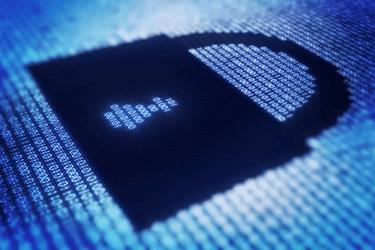Arm Your Payments Clients With DDoS Attack Protection

By Christine Kern, contributing writer

Eight out of 10 companies that adopted IoT suffered DDoS attacks.
The results are staggering, the implications severe. DDoS attacks ravaged organizations across the globe, serving as a legitimized weapon of destruction and extortion instrument. Your payments clients need to arm themselves with the proper protection to avoid costly DDoS attacks that can disrupt their business.
A Neustar report examined the current state of DDoS attacks, finding 82 percent of organizations polled had suffered more than one and, of those companies that had adopted Internet of Things (IoT) technology, 80 percent were attacked. Further, 57 percent of all affected organizations saw loss of customer data, finances, or intellectual property as a result of the attack.
The Threatscape Widens: DDoS Aggression and the Evolution of IoT Risks surveyed 1,005 C-suite executives representing technology, financial services, retail, and government regarding their responses to distributed denial of service (DDoS) attacks. This report also represents a global perspective on the DDoS outlook, with insights and data from six continents.
According to the report, “The findings are clear: DDoS attacks continue to pose a legitimate threat as a dangerous weapon used to create chaos and hold organizations hostage.” Further, the threat escalates as organizations adopt IoT.
Among the findings:
- 73 percent of global brands and organizations saw at least one DDoS attack in 2015
- more than eight in 10 organizations suffered multiple DDoS attacks, and 45 percent were struck six or more times in 2015
- 56 percent of those breached discovered the attack through a third party, highlighting the fact that evolved attacks will go unnoticed until it is too late
- 76 percent of respondents reported they are investing more than last year in response to growing DDoS threats, and the DDoS threat is institutionalized as both a weapon and a necessity for defense
DDoS is doing widespread harm, as demonstrated by the results of the study. Not only are companies being damaged by the loss of financial, intellectual, or customer data, 73 percent reported a loss of customer trust and/or damage to the brand as a direct result of the attack. And 48 percent of companies already invested in IoT said that they had virus or malware installation or activation, underscoring the need for tightened IoT security measures.
And as the attack increase, so does their intensity, with 53 percent of the attacks in North America 5Gbps or higher, large enough to cause a serious outage or service disruption, and 38 percent of organizations that had adopted IoT saw DDoS attacks greater than 10 Gbps. Further, 42 percent of companies reported that it took three or more hours to detect a DDoS attack on their infrastructure, increasing the dangers and losses as a result of the attack.
As countermeasures improve, so do the methods of the hackers, who are increasingly using multi-vector attacks that play out as a form of real-time interactive combat. The report states, “If the initial assault is thwarted, attackers usually follow up with a series of coordinated strikes to keep the IT department guessing where and when the next attack will take place.” This strategy keeps the security busy and allows for them to plant malware or viruses that can go undetected until it is too late to stop them. “Attackers are persistent: they know it just takes one successful attempt,” study authors assert.
Ultimately, DDoS attacks impact the entire organization, from security to marketing, and that means that preventive strategies must be comprehensive as well.
